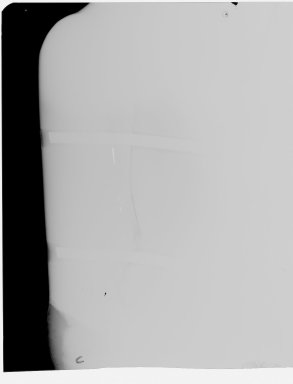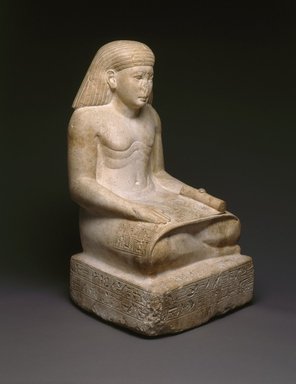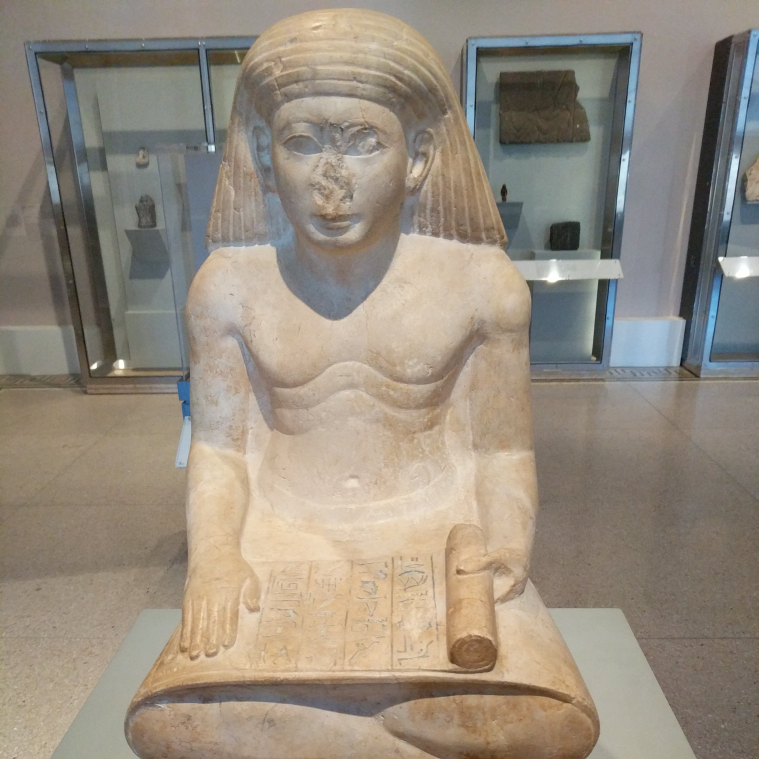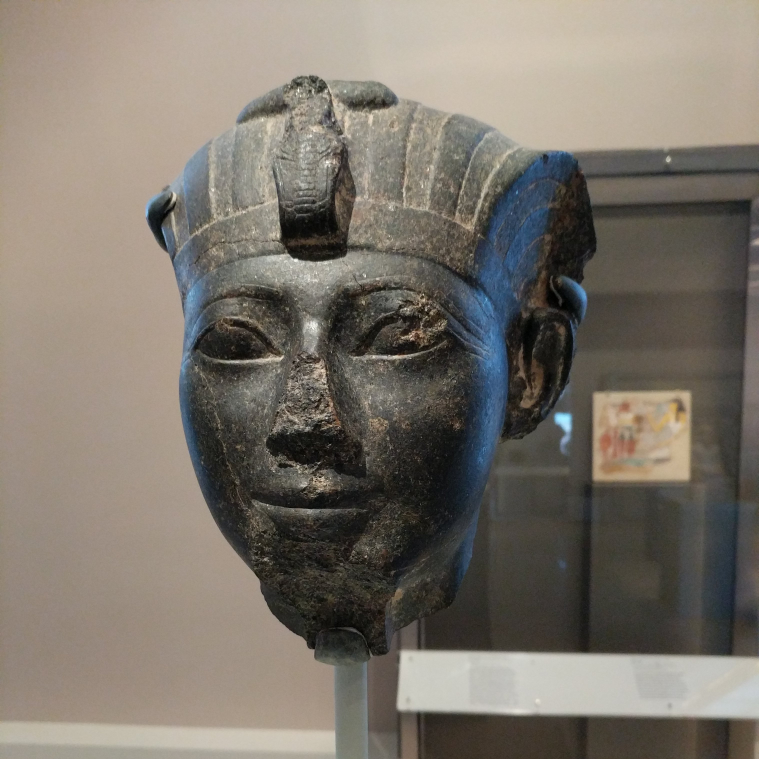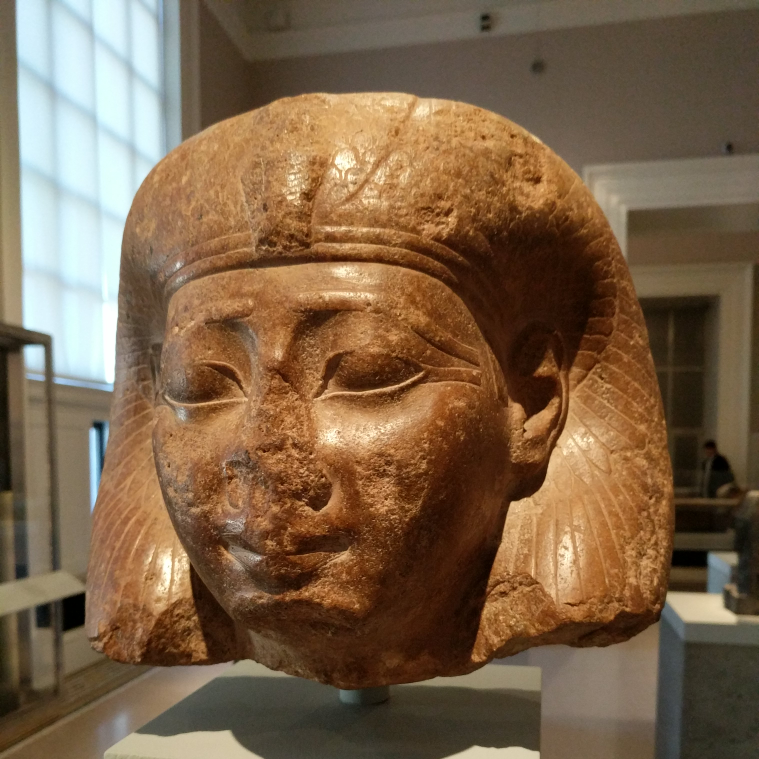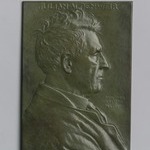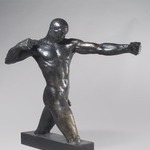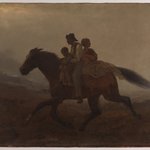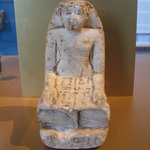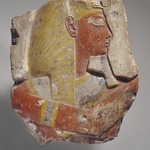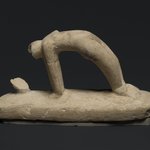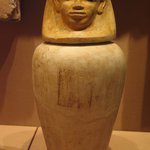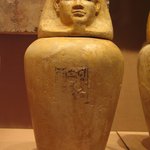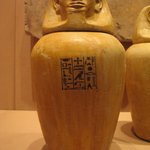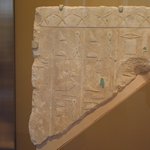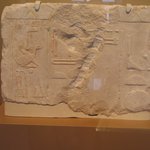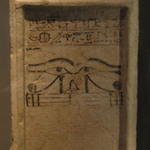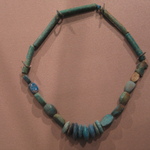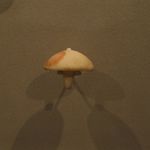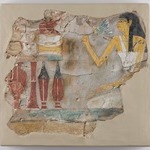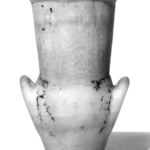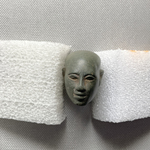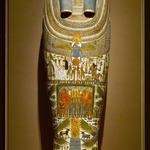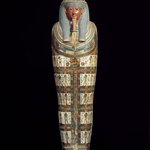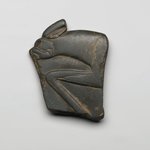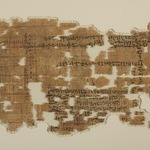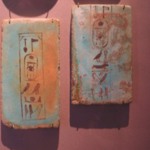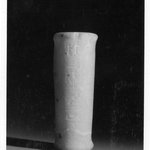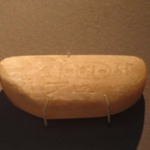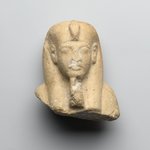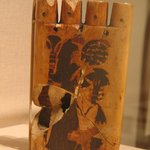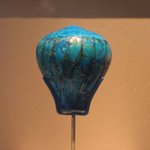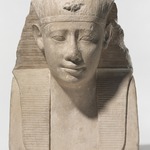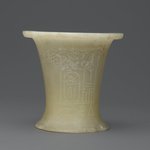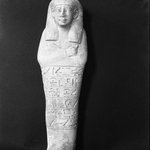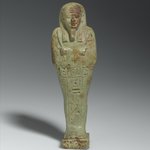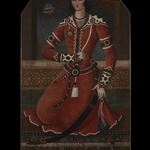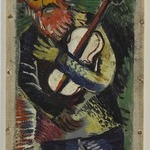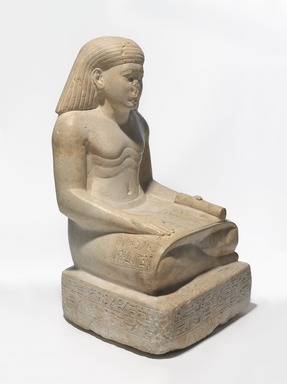

Amunhotep, Son of Nebiry, ca. 1426–1400 B.C.E. Limestone, pigment, 25 3/8 × 14 5/16 × 14 3/8 in., 206 lb. (64.5 × 36.3 × 36.5 cm, 93.44kg). Brooklyn Museum, Charles Edwin Wilbour Fund, 37.29E. Creative Commons-BY (Photo: , 37.29E_threequarter_PS9.jpg)

Amunhotep, Son of Nebiry, ca. 1426–1400 B.C.E. Limestone, pigment, 25 3/8 × 14 5/16 × 14 3/8 in., 206 lb. (64.5 × 36.3 × 36.5 cm, 93.44kg). Brooklyn Museum, Charles Edwin Wilbour Fund, 37.29E. Creative Commons-BY (Photo: Brooklyn Museum, 37.29E_front_SL1.jpg)

Amunhotep, Son of Nebiry, ca. 1426–1400 B.C.E. Limestone, pigment, 25 3/8 × 14 5/16 × 14 3/8 in., 206 lb. (64.5 × 36.3 × 36.5 cm, 93.44kg). Brooklyn Museum, Charles Edwin Wilbour Fund, 37.29E. Creative Commons-BY (Photo: , 37.29E_back_detail_PS9.jpg)

Amunhotep, Son of Nebiry, ca. 1426–1400 B.C.E. Limestone, pigment, 25 3/8 × 14 5/16 × 14 3/8 in., 206 lb. (64.5 × 36.3 × 36.5 cm, 93.44kg). Brooklyn Museum, Charles Edwin Wilbour Fund, 37.29E. Creative Commons-BY (Photo: Brooklyn Museum, 37.29E_NegB_SL4.jpg)

Amunhotep, Son of Nebiry, ca. 1426–1400 B.C.E. Limestone, pigment, 25 3/8 × 14 5/16 × 14 3/8 in., 206 lb. (64.5 × 36.3 × 36.5 cm, 93.44kg). Brooklyn Museum, Charles Edwin Wilbour Fund, 37.29E. Creative Commons-BY (Photo: Brooklyn Museum, CUR.37.29E_erg456.jpg)

Amunhotep, Son of Nebiry, ca. 1426–1400 B.C.E. Limestone, pigment, 25 3/8 × 14 5/16 × 14 3/8 in., 206 lb. (64.5 × 36.3 × 36.5 cm, 93.44kg). Brooklyn Museum, Charles Edwin Wilbour Fund, 37.29E. Creative Commons-BY (Photo: Brooklyn Museum, CONS.37.29E_2001_xrs_detail04.jpg)
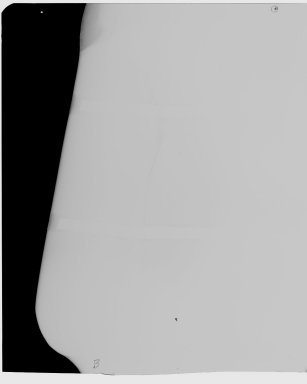
Amunhotep, Son of Nebiry, ca. 1426–1400 B.C.E. Limestone, pigment, 25 3/8 × 14 5/16 × 14 3/8 in., 206 lb. (64.5 × 36.3 × 36.5 cm, 93.44kg). Brooklyn Museum, Charles Edwin Wilbour Fund, 37.29E. Creative Commons-BY (Photo: Brooklyn Museum, CONS.37.29E_2001_xrs_detail02.jpg)
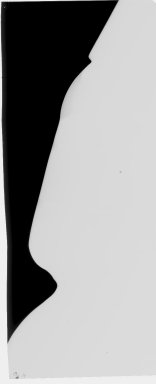
Amunhotep, Son of Nebiry, ca. 1426–1400 B.C.E. Limestone, pigment, 25 3/8 × 14 5/16 × 14 3/8 in., 206 lb. (64.5 × 36.3 × 36.5 cm, 93.44kg). Brooklyn Museum, Charles Edwin Wilbour Fund, 37.29E. Creative Commons-BY (Photo: Brooklyn Museum, CONS.37.29E_2001_xrs_detail01.jpg)
Amunhotep, Son of Nebiry
Egyptian, Classical, Ancient Near Eastern Art
So-called scribe statues were first produced in the Fourth Dynasty (circa 2625–2500 B.C.E.). Originally only princes were permitted to appear in this form, but as access to schooling increased over time, scribe statues became relatively common. The subject of this sculpture, a man named Amunhotep, held several priestly and administrative offices

